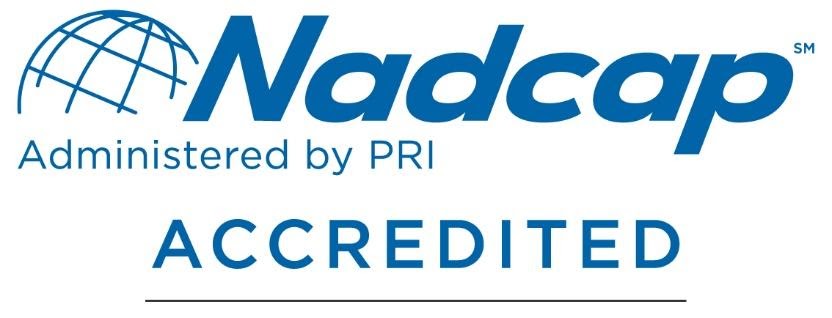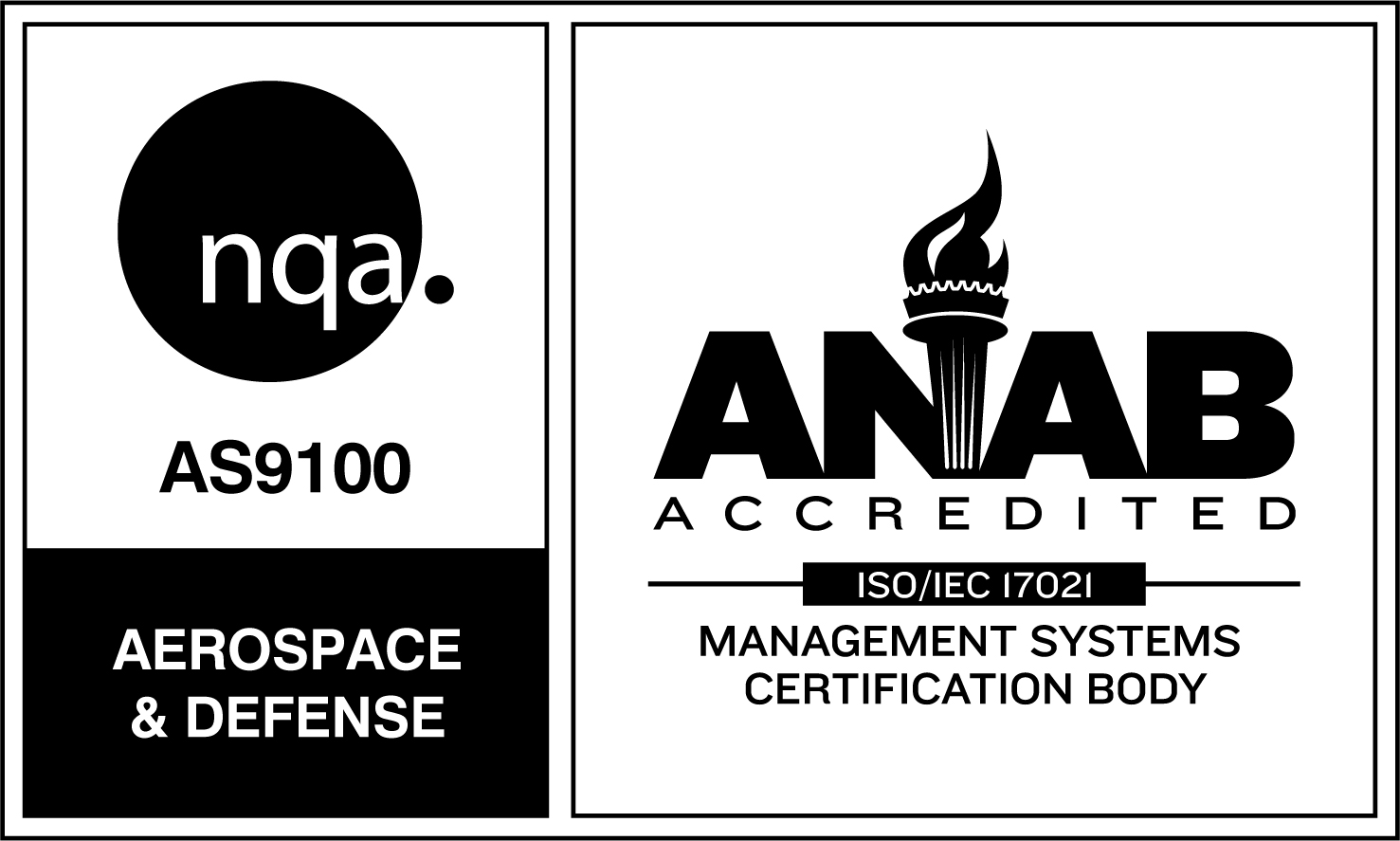Brazing can be studied at many different levels of granularity. Engineers could spend hundreds of hours examining how the molecular structure of their components will react to high temperatures and pressures. Industrial experts worry about strength at particular stress points in a joint. Customer-facing sales reps might be most concerned about how a brazed joint looks after cooling and cleaning.
Although the brazing process can be broken down into many steps and stages, once it’s done, it’s done. With few exceptions, a brazed joint can’t be taken apart again. Correcting mistakes typically means starting over again with fresh components.
A brazing process can fail for a number of reasons. Thermal-Vac built our in-house engineering team to work with customers to identify and address every potential risk. This gives brazing the best chance of success, avoiding expensive and time-consuming failure.
We inform our customers the best time to get Thermal-Vac involved with a brazing project is at the design stage before a single component has been fabricated. When components are precisely engineered, they allow the capillary action of the braze filler metal to do its intended work.
How precise does this work need to be? The answer depends on the materials involved, what particular method of brazing will be used, and the planned end-use for the product being built. Even the most “forgiving” projects need components built to exacting standards.
- Braze filler metals need a clearance of 0.003 inch or less to work well.
- Components must be engineered to not warp or distort at brazing temperatures. In some cases, a precision brazing process might need to be designed to account for unique design objectives.
- Exotic materials, like Inconel or niobium, are not just expensive but also require specialized handling that is best accounted for at the design stage.
In our experience, consistent brazing results are significantly harder to achieve when components are engineered without input from brazing experts. Thermal-Vac’s team of engineers works with customers to fine-tune component design to address the project’s unique technical requirements.
Thermal-Vac has built its business by partnering with customers at the earliest stages of their projects. Whether we’re working on ball-point pens or components for rocket engines, we start each project with the same process. If you’d like to learn more about how Thermal-Vac’s engineering support works, give us a call today.


